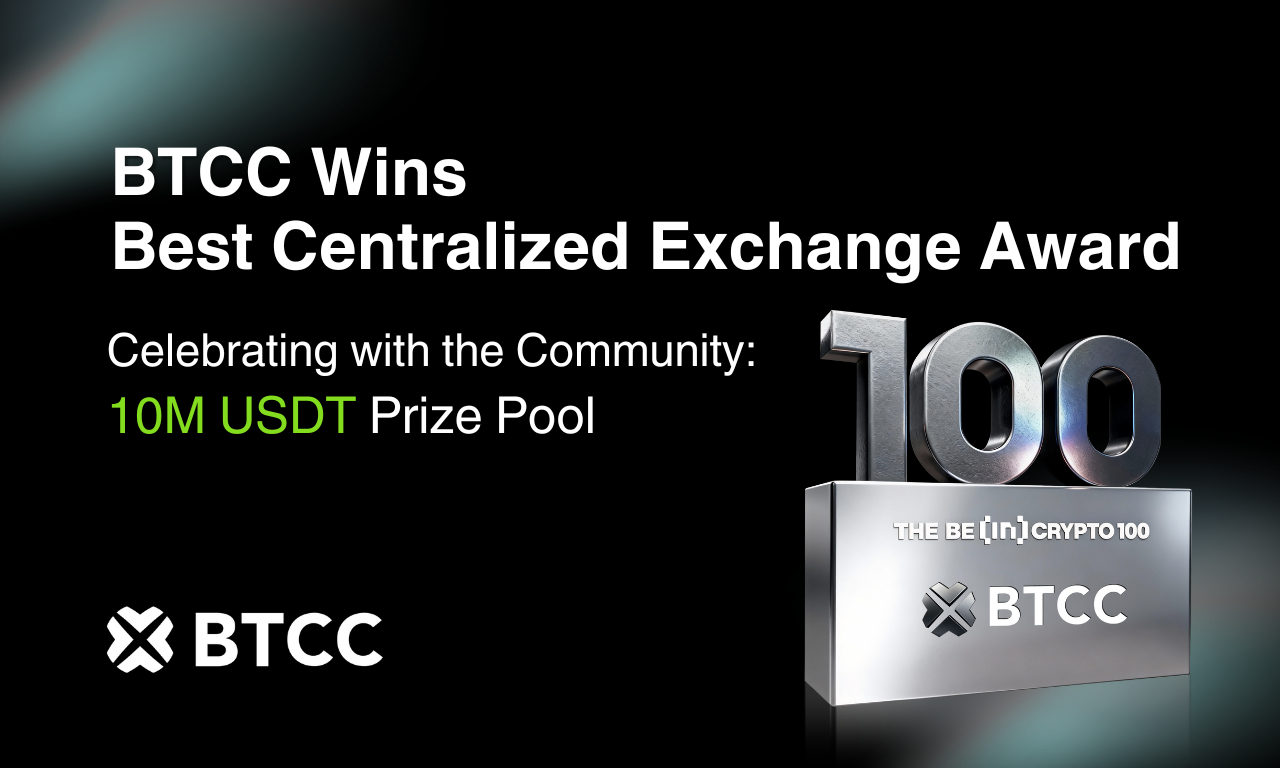If you ask any cryptocurrency enthusiast about the current state of the market, they’ll probably tell you that Bitcoin is still king; and it’s true – Bitcoin does have a lot going for it. It’s the original cryptocurrency, has the longest track record, and has the most name recognition. However, Ethereum is starting to give Bitcoin a run for its money. Ethereum’s blockchain is more versatile than Bitcoin’s, allowing for the development of smart contracts and decentralized applications. In addition, Ethereum has a faster transaction speed and more utility. As a result, there has been an increase in the number of people that use and buy Ethereum.
Origins of Bitcoin and Ethereum

Bitcoin and Ethereum are the oldest and biggest cryptocurrencies. Despite their variations in origin, transactions, use operation, and purpose, they have the same lineage and goal despite having been developed in separate eras and by different developers.
Bitcoin
Bitcoin is a digital currency created in 2009. Unlike traditional fiat currencies, which governments regulate, Bitcoin is decentralized and was developed to be the future of payment. The creator of Bitcoin, Satoshi Nakamoto, remains anonymous to this day. Bitcoin is often described as digital gold because it is scarce and difficult to mine. You cannot easily produce it, and like gold, it has a limited supply. More and more legitimate businesses are beginning to accept Bitcoin as payment. As it becomes more mainstream, people can realize its original purpose as a revolutionary currency.
Ethereum
Ethereum often gets overshadowed by its more well-known uncle, Bitcoin, but make no mistake: Ethereum is a formidable force in its own right. While Bitcoin is often described as digital gold, Ethereum could be described as digital oil because it powers the decentralized applications that run on its blockchain. Ethereum was released in 2015 as a decentralized platform for smart contracts, which are programs that run exactly as written without the possibility of fraud or outside interference. As a result, Ethereum offers a wide range of possibilities, making it more useful for businesses and organizations than Bitcoin. Ethereum has the potential for mass acceptance in the future since it was created primarily to overcome the scalability problems that hampered Bitcoin. In terms of market capitalization, Ethereum is currently the second-largest cryptocurrency.
Aims and Objectives
Bitcoin
When Satoshi Nakamoto released the whitepaper for Bitcoin, he had a specific vision in mind. The currency was designed as a decentralized peer-to-peer payment system that could bypass the traditional banking system. By using blockchain to record transactions, Bitcoin allows users to send and receive payments without needing a third party. In addition, the cryptocurrency would be immune to government interference, as it would exist outside the traditional financial system. Today, Nakamoto’s vision remains intact, as Bitcoin continues to be used as a decentralized payment system. While it has yet to replace the traditional banking system, it has certainly made its mark on the world of finance.
Ethereum
Ethereum was designed to create an open, decentralized platform that would allow for the development of smart contracts and dapps. To achieve this, Ethereum utilizes a blockchain that Ether, the native cryptocurrency of the Ethereum network, powers. To run smart contracts and dapps on Ethereum, users must first pay a fee in Ether. This gas fee is used to cover the costs of running the Ethereum network, and it also serves as an incentive for miners to process transactions on the network. By design, Ethereum is more than just a platform for cryptocurrency transactions; it is a platform for innovation that can revolutionize how we interact with the digital world.
Algorithms and mining process
Bitcoin employs a proof-of-work (PoW) consensus system, which enables the network nodes to agree on the integrity of all information stored and inhibits certain network attacks.
One of its main drawbacks is that proof of work requires a lot of computer power and is hence very energy-intensive.
Ethereum initially used a proof-of-work (PoW) model but switched to proof-of-stake (PoS) in 2022. Ethereum’s proof-of-stake design is more energy-efficient, secure, and better for introducing new scaling methods than the previous proof-of-work model.
Transaction speed rate
Ethereum is faster than Bitcoin in performing transactions. The estimated block time of Ethereum is 13 seconds, while Bitcoin takes up to 10 minutes on average to carry out the same transaction.
Supply
Unlike Ethereum, which has an unlimited supply, Bitcoin is capped at 21 million. This means that only a finite number of Bitcoin will ever be mined, making it a more scarce resource. This is one of the main reasons why the latter is more valuable than Ethereum and could further impact the price in the future.
Which is better?

The Ethereum ecosystem is expanding exponentially due to the dApps it has created becoming more popular in industries, including banking (decentralized finance, or DeFi applications), art and collectibles (non-fungible tokens, or NFTs), gaming, and technology. To further its scalability, Ethereum will also incorporate sharding sometime in 2023.
With the introduction of the Taproot update to support smart contracts, Bitcoin has also transformed. Another project being worked on is the Bitcoin Lightning Network, a second-layer protocol that aims to off-chain transactions to speed up the network.
Which cryptocurrency and blockchain will endure over time remains an open question. One thing is for certain, though: both have sparked much-needed conversations about financial institutions throughout the globe.






















